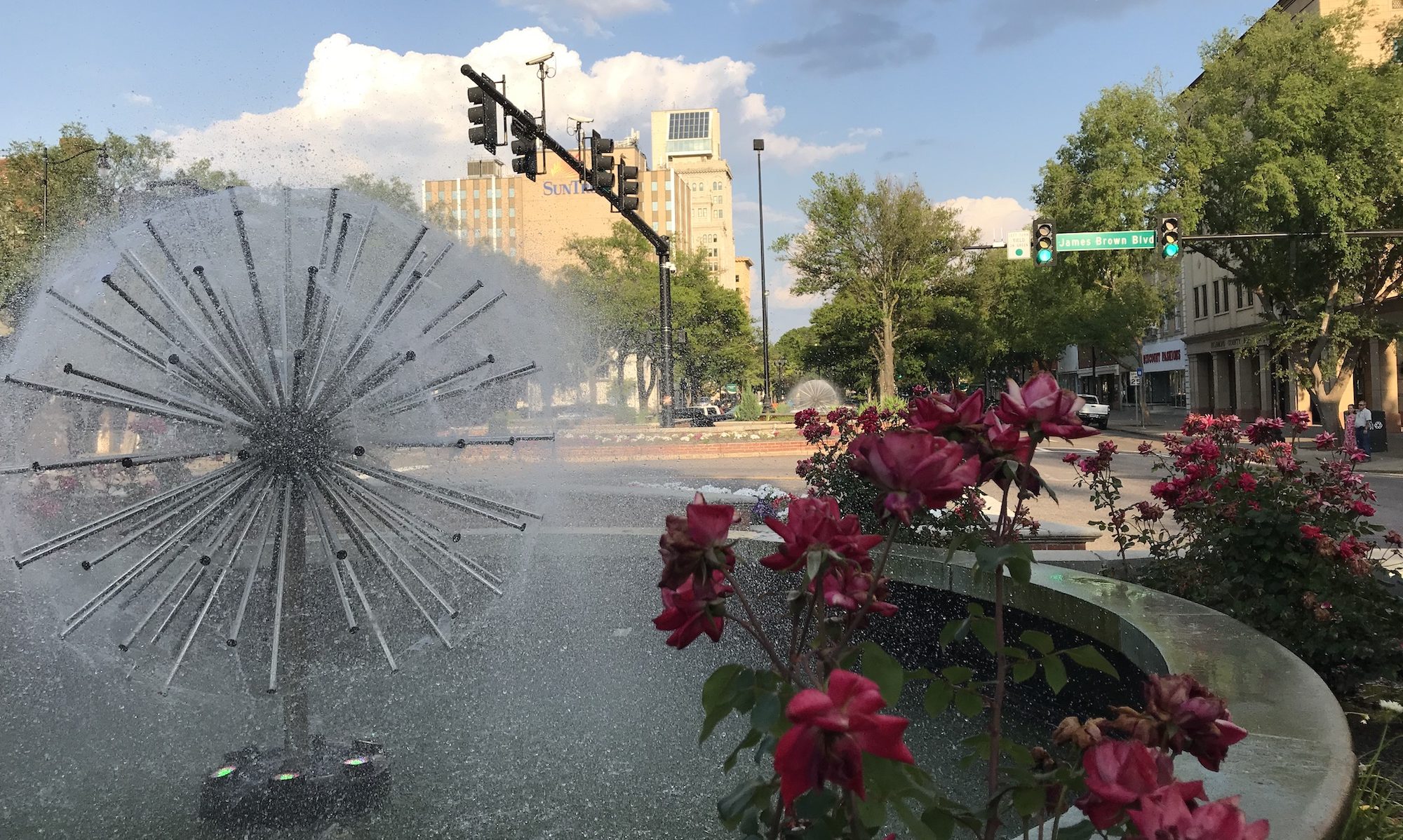My current book project, under advance contract with Louisiana State University Press, is titled Sandhill Cities: Metropolitan Ambitions on Georgia’s Fall Line. My research examines metropolitan and regional development in and around three midsize cities—Augusta, Macon, and Columbus—in the 20th century. These and other smaller cities, especially in the South have been neglected in U.S. urban history scholarship, as Richard Harris argues in his 2019 essay on the state of the field in the Journal of Urban History. My project is part of an emerging body of work that is exploring how the history of smaller cities forces a reframing of many assumptions in the field that sprang from scholarship weighted preponderantly toward the largest cities.

Sandhill Cities focuses on the three cities along Georgia’s stretch of the fall line, the natural slope dividing the Piedmont from the coastal plain and also a boundary that largely shaped the growing social chasm between white and black. It covers primarily the 1910s-80s and examines the slow abandonment of these cities’ roles as markets, suppliers, and service centers for traditional agriculture dominated by cotton, their continued economic reliance on farm, forest, and mine products, and their pursuit of the hydroelectric and navigation possibilities of their rivers and the tourism and recreation potential of their landscape and climate. It also explores the impact of heavy militarization and the tension between the cities’ embrace of a romanticized, problematic history as a foundation for tourism and their efforts to lure diversified industrial, office, and healthcare investments. These cities were part of the emergence of the modern South and the nation’s transformation into a “consumer’s republic,” but their leaders looked to the future on their own terms, tailoring their strategies in ways that revealed local preoccupations and the weight of tradition and social division.
My research in Georgia for Sandhill Cities, which began in 2017, has benefited from two Faculty Scholarship Initiative awards from the Office of Research at Cleveland State University as well as the CSU-AAUP Travel Fund. An award from the John Nolen Research Fund supported research in the Division of Rare and Manuscript Collections at Cornell University Library. Presentations of portions of this project at the Urban History Association conference in 2018, the 18th National Conference on Planning History (SACRPH) in 2019, and 19th National Conference on Planning History in 2022 were also helpful. Two articles have emerged from this research, but neither will be chapters in the book. The first, “‘Green Spots in the Heart of Town’: Planning and Contesting the Nation’s Widest Streets in Georgia’s Fall Line Cities,” appeared in the Winter 2020 issue of Georgia Historical Quarterly. The second, “Making ‘The Garden City of the South’: Beautification, Preservation, and Downtown Planning in Augusta, Georgia,” was published in the Journal of Planning History in May 2021.
As of March 2023, I have completed full drafts of all six chapters. I plan one last research trip in late spring to fill minor gaps and collect images for illustrations and will write the conclusion and continue to refine the chapters before submitting the complete manuscript this fall.

